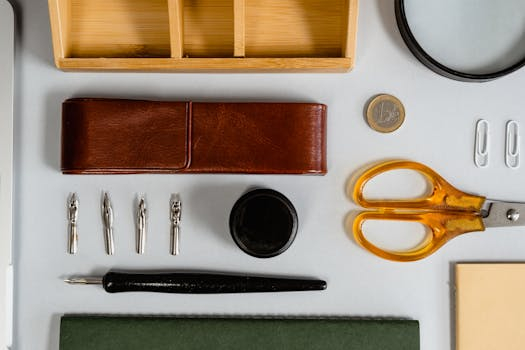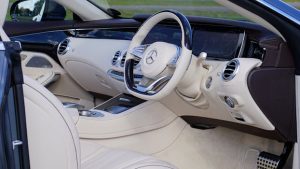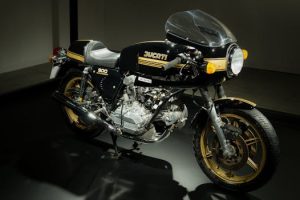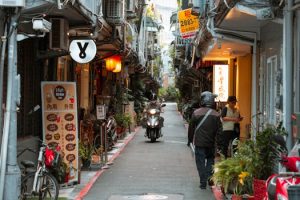Automotive Photography Tips for Beginners
If you’ve recently acquired an interest in automotive photography, you’re not alone. Capturing stunning images of cars and motorcycles has become a popular hobby, with a growing community of beginners joining the ranks. Whether you’re just starting out with a camera or looking to improve your skills, we’ve compiled a list of helpful tips to take your automotive photography to the next level. Read on to discover our top automotive photography tips for beginners.
Understanding Your Equipment
The first step in taking great automotive photos is to understand your equipment. While you don’t need an expensive camera to take good photos, you do need to know how to use the one you have effectively. Familiarize yourself with the settings and features of your camera and practice using them in different situations. This will help you get comfortable with your equipment and allow you to capture better shots.
Know Your Settings
One of the most important features to understand is your camera’s aperture. The aperture controls the amount of light that enters the lens and affects the depth of field in your photos. For automotive photography, using a larger aperture (smaller f-number) will give you a shallow depth of field, making your subject stand out from the background. This is great for highlighting specific details of a car or motorcycle.
Another important setting to keep in mind is the shutter speed. A slower shutter speed allows more light to enter the lens, great for low-light situations. However, if you’re looking to capture a moving vehicle, a fast shutter speed will ensure a sharp image. Play around with different settings to find the right balance for your desired shot.
Invest in Good Lenses
While understanding your camera is crucial, the quality of your lenses is also a key factor in capturing great automotive photos. Lenses with a wide aperture (such as f/2.8) will allow for more light to enter and help create a shallow depth of field. This is especially useful for close-up shots of car details. Additionally, lenses with a telephoto zoom can help you capture shots of cars in motion without being too close to the action.
Choosing the Right Location
The next step in taking great automotive photos is choosing the right location. The location you choose will greatly affect the overall aesthetic and mood of your photos. Here are a few things to consider when scouting for locations:
Lighting
The lighting of your location can make or break a photo. If possible, aim for natural daylight, as it is much more flattering to cars than artificial lighting. Golden hour (the hour before sunset) is widely regarded as the best time to take photos due to the warm, soft light it provides. Keep in mind the direction of the light and try to avoid shooting in harsh, direct sunlight.
Background
The background of your photo should complement your subject and add to the overall aesthetic. Look for interesting textures, colors, or architecture that can make your photo stand out. Be mindful of distracting elements in the background, such as busy streets or cluttered backgrounds. You want your subject to be the focus of the photo.
Composition is Key
Composition is the way elements are arranged within a photo and is crucial to creating visually appealing automotive photos. Here are a few tips for better composition:
Angles
Experimenting with different angles can result in unique and appealing photos. Avoid shooting straight on or at eye level, as these angles can be mundane and uninteresting. Instead, try shooting at different heights or from different sides of the car. Get creative and see what works best for the specific subject you’re photographing.
Leading Lines
Leading lines are natural or man-made elements that draw the viewer’s eye towards the subject. They can add depth and dimension to your photos and make them more visually interesting. Roads, fences, or buildings are all examples of leading lines you can use in your automotive photos.
Post-Processing
Post-processing can greatly enhance your photos and make them stand out. However, it’s important not to rely on editing to fix poor photos. Instead, use editing to enhance and fine-tune your already good shots. There are several editing programs available, such as Adobe Photoshop or Lightroom, that can help you achieve the desired look for your photos.
Be Mindful of Over-Editing
While editing can help enhance your photos, it’s easy to go overboard and end up with an unnatural, filtered look. Make sure to use caution when editing and aim for a natural and realistic look.
Save the RAW Files
Whenever possible, shoot in RAW format rather than JPEG. This will preserve all of the data captured by your camera and give you more freedom to edit your photos without losing quality.
Taking great automotive photos takes practice and patience. By understanding your equipment, choosing the right location, and being mindful of composition and editing, you can capture stunning images of cars and motorcycles. So get out there and start snapping! With these tips, you’ll be well on your way to mastering the art of automotive photography.










